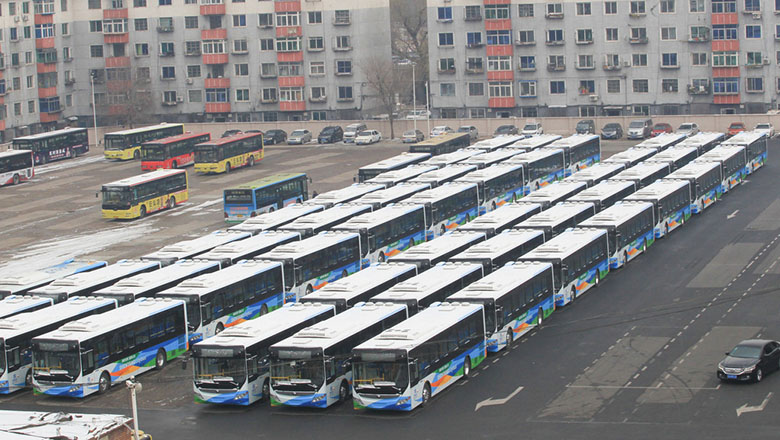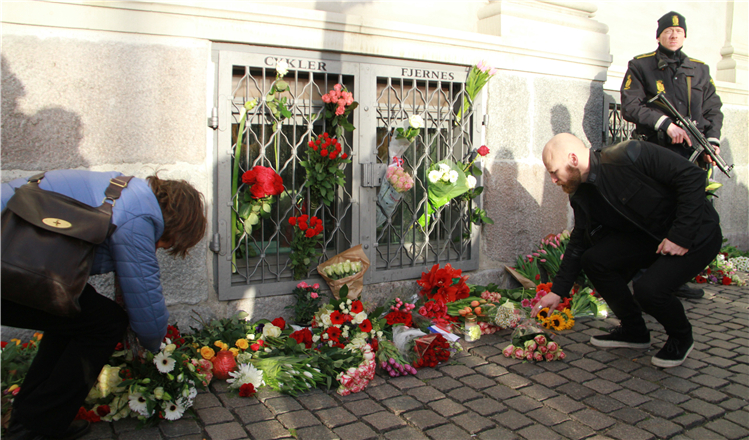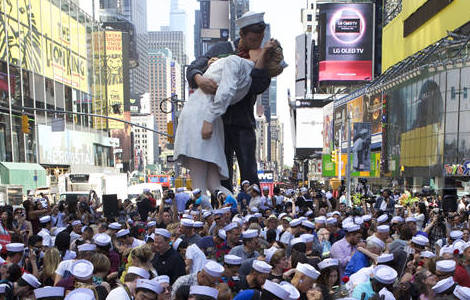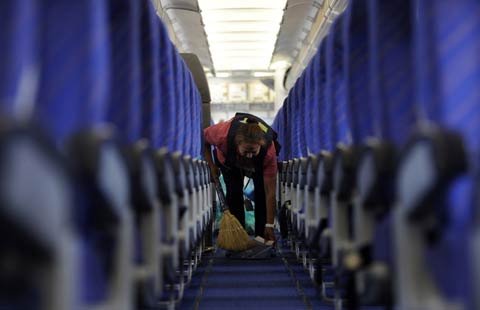Daigoji Temple artifacts on show in Shanghai
Updated: 2016-07-05 13:37
By Zhang Kun(chinadaily.com.cn)
|
||||||||
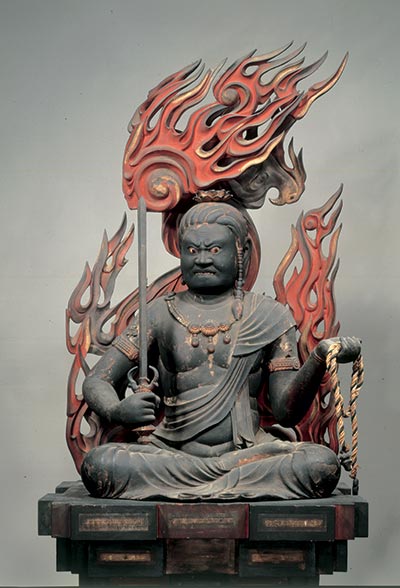 |
|
An exhibition at Shanghai Museum offers a rare view of Buddhism arts from Japan. The Beauty of Mantra: Arts in the Collection of Daigoji Temple is running through July 10. [Photo provided to China Daily] |
The 64 exhibits, six of which are recognized as Japan's "national treasure", are on show out of their home country for the second time, following an exhibition in Germany. They will move on to be shown in Xi'an, Shaanxi province.
Daigoji Temple sits in the southeastern suburb of Kyoto, the ancient capital of Japan. It was founded in 874; the origin was the monk Kukai's going to China and studying Vajrayana, or Esoteric Buddhism, in 804. Daigoji Temple went on the list of UNESCO's World Cultural Heritage in 1994.
Aside from Buddhas and Bodhisattvas, a third type of deity is prominent in Esoteric Buddhism. That is the Wisdom King, whose statues are a major highlight of the show.
In contrast to the peaceful or blissful expressions often seen on Buddha statues, the Wisdom Kings are viewed as the guardians of Buddhism, and wrathful manifestations of Buddha. These statues sometimes have several faces and multiple limbs, each holding weapons and sometimes adorned with skulls, ropes and wreaths of fire.
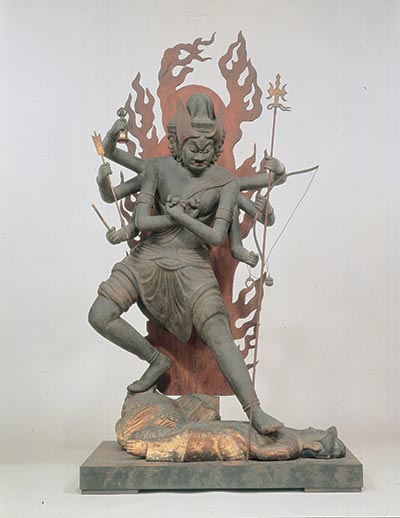 |
|
An exhibition at Shanghai Museum offers a rare view of Buddhism arts from Japan. The Beauty of Mantra: Arts in the Collection of Daigoji Temple is running through July 10. [Photo provided to China Daily] |
"Here we find the same phenomenon," he said. "Since Esoteric Buddhism entered Japan, the Buddhism art gradually localized."
Even though China and Japan share a lot in the ethnic traces and cultural heritage, distinctive differences could be found in the hairstyle and wardrobe, as well as facial features of the Buddha statues and portraits from Daigoji Temple.
The exhibition consists of three parts. The first shows the origin of Daigoji Temple, by presenting the history, from the establishment to the development and continuation of the temple. The second features the rituals and sacred imageries, where there are a large number of statues, ritual items, paintings and scriptures. The third features the Artistic Life of Daigoji Temple.
IF YOU GO
9 am-5 pm, through July 10. Shanghai Museum, 201 Renmin Avenue, Huangpu district, Shanghai. 021-6327-3500.
Related:

 Power giant Hanergy shows its solar concept cars
Power giant Hanergy shows its solar concept cars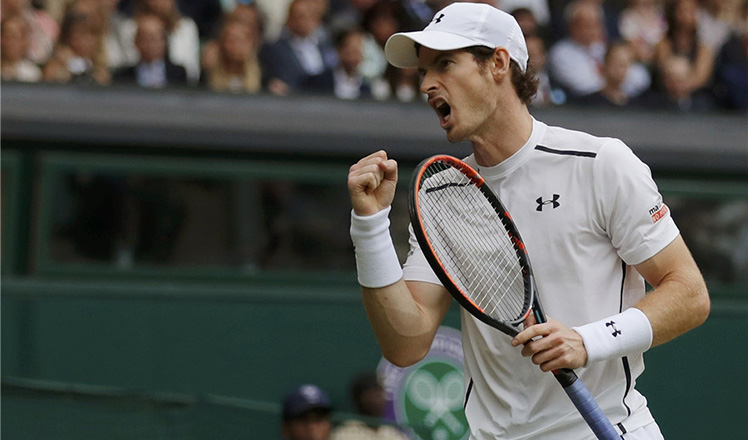
 Murray downs Kyrgios; Serena powers into quarters
Murray downs Kyrgios; Serena powers into quarters
 Nanjing's Linggu temple offers best view of fireflies
Nanjing's Linggu temple offers best view of fireflies
 In pics: Bikes in Beijing hutongs
In pics: Bikes in Beijing hutongs
 World in photos: June 27- July 3
World in photos: June 27- July 3
 Installation process of world's largest telescope in China
Installation process of world's largest telescope in China
 Dam's floodway blasted to discharge water in Hubei
Dam's floodway blasted to discharge water in Hubei
 Tenth birthday of the world's highest altitude train line
Tenth birthday of the world's highest altitude train line
Most Viewed
Editor's Picks

|
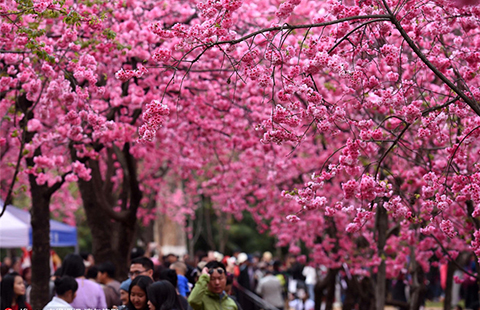
|
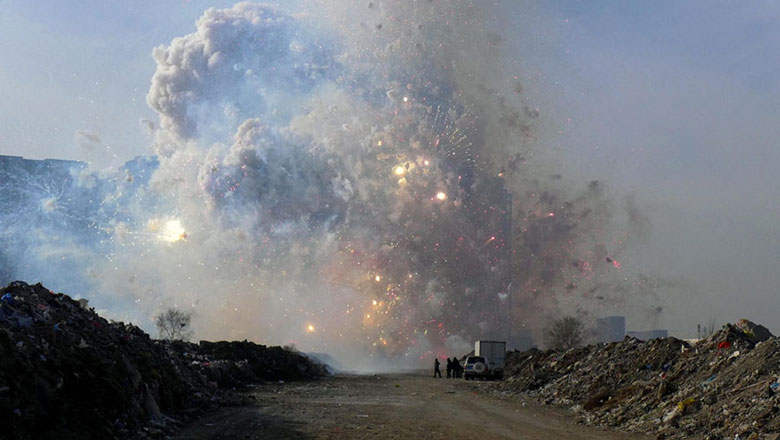
|
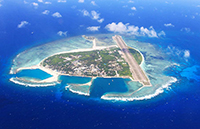
|
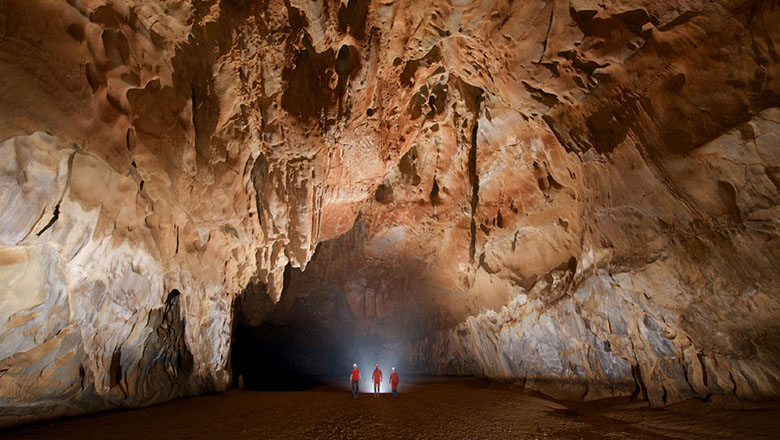
|
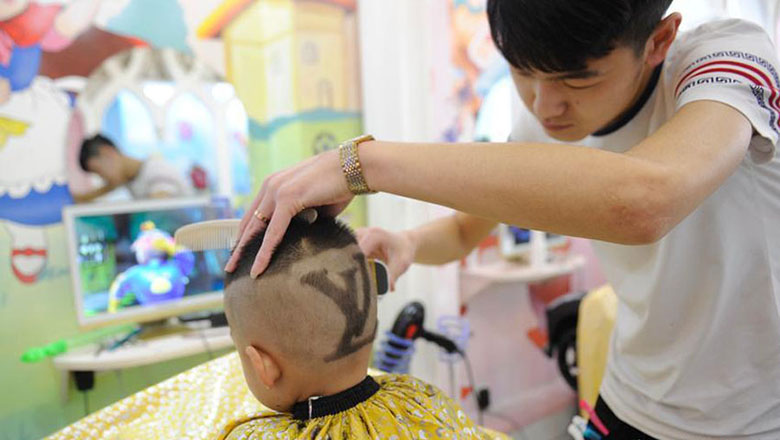
|
Today's Top News
Abe's blame game reveals his policies failing to get results
Ending wildlife trafficking must be policy priority in Asia
Effects of supply-side reform take time to be seen
Chinese State Councilor Yang Jiechi to meet Kerry
Chinese stocks surge on back of MSCI rumors
Liang avoids jail in shooting death
China's finance minister addresses ratings downgrade
Duke alumni visit Chinese Embassy
US Weekly

|

|


